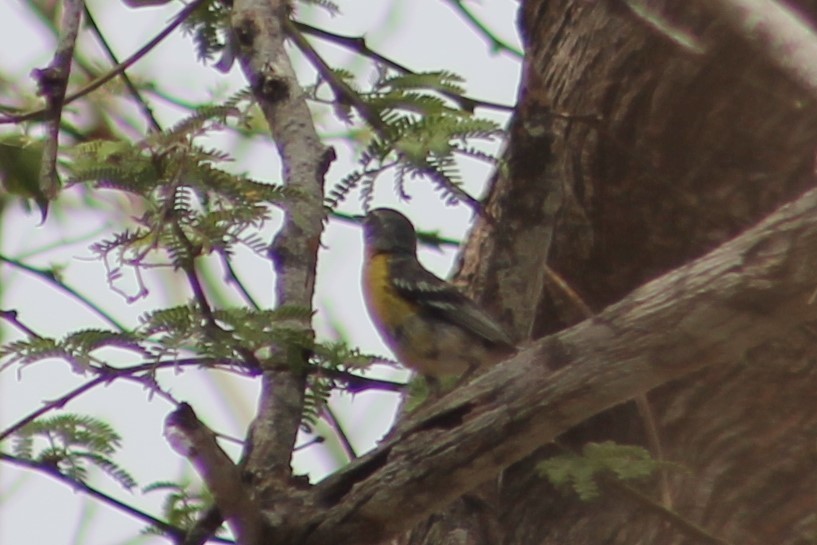Adelaide's Warbler
A species of Setophaga Warblers Scientific name : Setophaga adelaidae Genus : Setophaga Warblers
Adelaide's Warbler, A species of Setophaga Warblers
Botanical name: Setophaga adelaidae
Genus: Setophaga Warblers
Content
Description General Info
 Photo By rangertreaty50 , used under CC-BY-NC-4.0 /Cropped and compressed from original
Photo By rangertreaty50 , used under CC-BY-NC-4.0 /Cropped and compressed from original Description
The S. adelaidae complex was originally considered a single species, with three populations occurring in Barbuda, Puerto Rico and St. Lucia. Each of these populations were regarded as a subspecies, S.a. subita, S.a. adelaidae and S.a. delicata respectively. These subspecies were later elevated to species rank as the Barbuda warbler (Setophaga subita), the St. Lucia warbler (Setophaga delicata) and Adelaide's warbler. In 2011, the American Ornithologists' Union reclassified the Parulidae, which resulted in D. adelaidae being transferred to genus Setophaga. Adelaide's warbler has gray upperparts with yellow underparts. The species has a yellow line above the eye and a white half-moon below it. Its average length is 12 cm and its average weight is 7 g. Adelaide's warbler occurs in the main island of Puerto Rico and in the island municipality of Vieques. The species occurs mainly in dry forests in the southern region of Puerto Rico such as the Guánica State Forest, with some occurrences in the northern moist forests and the central mountain range, Cordillera Central. Adelaide's warbler is an insectivore which gleans insects from the mid-top areas of the forest. It is also known to eat, although very rarely, spiders and small amphibians such as coquís. The species usually travels in mixed flocks which commonly include Puerto Rican todies, vireos and other New World warblers. Adelaide's warblers build nests at heights of 1 to 7 m in which the female deposits anywhere from 2 to 4 white eggs. The eggs usually contain small brown spots. 
Size
14 cm
Life Expectancy
11 years
Nest Placement
Shrub
Feeding Habits
Adelaide's Warbler predominantly feeds on insects and a variety of arthropods. They exhibit foraging behavior, actively searching foliage for prey. Their diet showcases unique adaptations to exploit these food sources effectively.
Habitat
Dry scrub, dry limestone forests of the south coast, the moist limestone forests found on the mogotes in the northwest, second-growth forests with dense vegetation, shade coffee plantations, citrus groves, scrub bordering coastal swamp and hills in the northeast
Dite type
Insectivorous
General Info
Feeding Habits
Bird food type
Scientific Classification
Phylum
Chordates Class
Birds Order
Perching birds Family
New world warblers Genus
Setophaga Warblers Species
Adelaide's Warbler